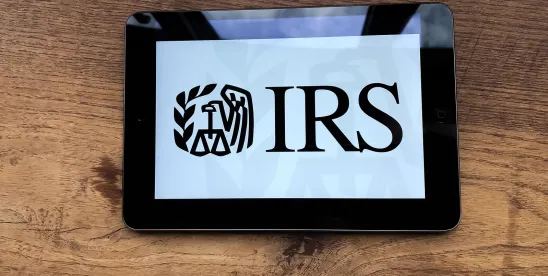On April 16, 2024, IRS released Notice 2024-35 extending temporary relief for certain required minimum distributions (“RMD”) related to the SECURE Act’s 10-year distribution rule through 2024. This notice follows similar relief provided by the IRS in Notice 2022-53 and Notice 2023-54 for earlier periods.
Background
For distributions before January 1, 2020, the Internal Revenue Code required that an employee’s interest in a qualified plan either be distributed (1) within 5 years after the death of the employee (the “5-year rule”), or (2) over the life or life expectancy of the designated non-spouse beneficiary with distributions beginning no later than 1 year after the death of the employee’s death (the “life expectancy rule”). There are special rules for surviving spouse beneficiaries.
For distributions with respect to employees who die after December 31, 2019, the SECURE Act eliminated stretch post-death distributions under the life expectancy rule for most beneficiaries and provided that the entire interest of an employee must be distributed 10 years after the death of the employee (the “10-year rule”). Plans may continue to use the life expectancy rule for surviving spouses, minor children, disabled or chronically ill persons, or any person not more than 10 years younger than the employee (“eligible designated beneficiaries”). Additionally, once an employee attains their required beginning date—the April 1 of the calendar year following the later of: (1) the applicable age (i.e., age 73 for an individual who turns 72 after December 31, 2022), or (2) retires from employment with the employer maintaining the plan—the employee must begin receiving RMDs from the qualified plan.
On February 24, 2022, the IRS issued proposed regulations related to the new SECURE RMD rules, including the 10-year rule (the “proposed RMD regulations”). The proposed RMD regulations provide that under the 10-year rule, if the employee dies on or after their required beginning date, the beneficiary of the employee must continue to take annual RMDs through the end of the 10-year period. Compare this to the 5-year rule, which provides there is no annual RMD due until the entire account is distributed in the last year of the five-year period following the death of the employee. Most practitioners and providers assumed the 10-year rule would follow the same principles of the 5-year rule, and there were concerns that given that assumption, RMDs were not taken by those beneficiaries subject to the new 10-year rule.
IRS Notices Providing Temporary Relief
Given these concerns, the IRS issued Notices 2022-53 and 2023-54, extending temporary relief for RMDs that would have had to have been taken from 2020 through 2023. IRS Notice 2024-35 extends the relief period through 2024, waiving the excise tax for failure to take RMDs during this period for those beneficiaries subject to the 10-year rule in 2024. The Notice also confirms that failure to make these RMD payments during the extended relief period will not jeopardize plan qualification. Please note this RMD waiver only applies to beneficiaries utilizing the 10-year rule and not the eligible designated beneficiaries utilizing the life expectancy rule.
The notice also suggests that the proposed RMD regulations will be finalized soon and that the proposed RMD regulations would apply for determining RMDs for calendar years beginning on or after January 1, 2025.




 />i
/>i
